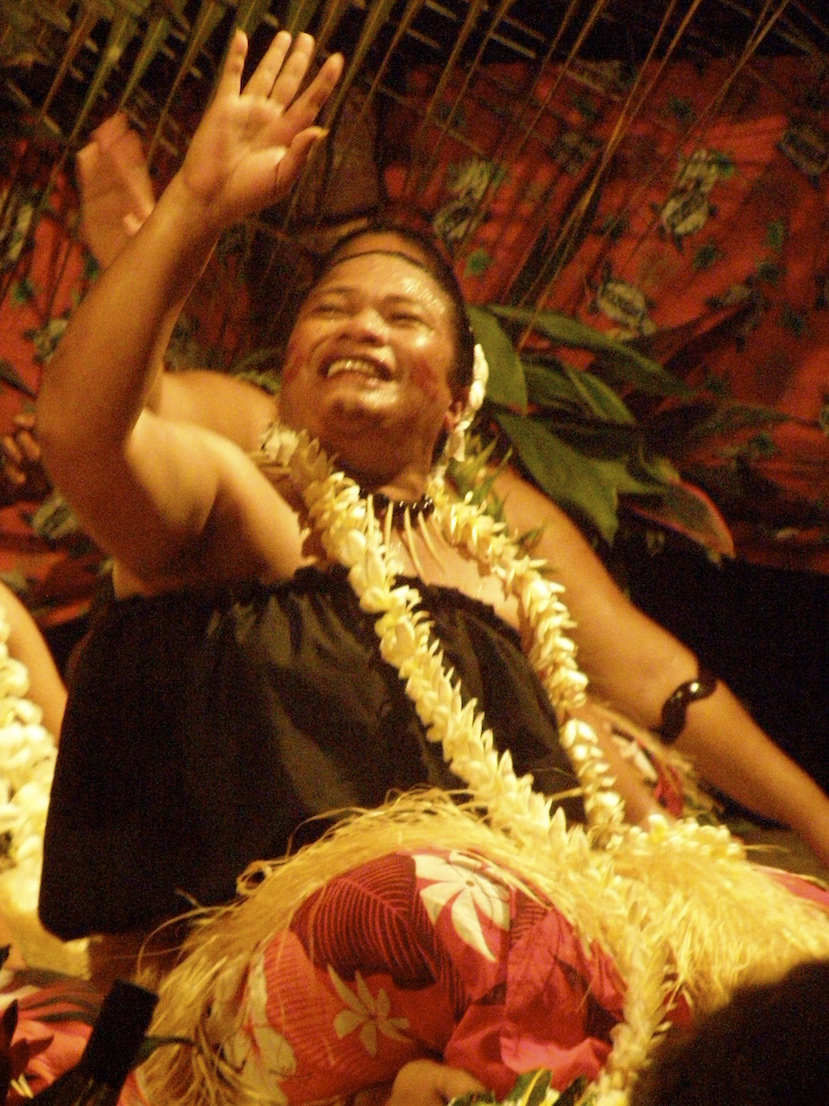Becker et al (2002)
 Becker et al carried out a study on the role of the media on adolescent female body image in Fiji. You can use this study for the following learning objectives:
Becker et al carried out a study on the role of the media on adolescent female body image in Fiji. You can use this study for the following learning objectives:
The aetiology of eating disorders.
The prevalence of disorders
Research methods used in the study of etiologies of abnormal behaviour.
The role of globalization on behaviour and identity
The original study is available here.
Television was introduced to the islands of Fiji in 1995. Becker and her team wanted to study if the introduction of television would lead to an increase in disordered eating attitudes and behaviours among Fijian adolescent girls in two secondary schools in Nadroga, a district just outside the capital city of Nadi. Fijian culture focuses on having a large appetite; a larger body mass is not seen as unattractive, but rather, desirable. Up until this study, there had been only one reported case of anorexia in the islands of Fiji.
The study was a prospective study - that is, the behaviours of the participants were measured prior to the introduction of television into their culture. The study was also a natural experiment - television was not an independent variable that was manipulated by the researcher, but the researcher took advantage of something that was happening in Fiji. Two samples of Fijian school girls (a total of approximately 60 participants) were studied. The first group in 1995, only a few weeks after television was introduced. The second group was tested in 1998 - three years later. The study was looking at girls between the ages of 16 and 18.
In 1995 the girls were given the EAT-26, a standardized test to determine eating attitudes. Notice that this is a Western test. It was assumed by the researchers that this test could be administered to determine eating habits, in spite of cultural differences. This is an "etic" approach to research. Since all participants spoke fluent English, the test did not need to be translated into the local language.
After the completion of the survey, semi-structured interviews were used to confirm the test results if there was evidence of binging and/or purging behaviours. Weight and height were also measured.
The 1998 sample also took the EAT-26 test with the follow-up interview, but they were also given additional questions with regard to dieting practice, body image and difference in generational values.
The researchers found that there was a significant difference in the EAT-26 scores of the two groups. The 1995 cohort had an average score of 12.7% whereas the 1998 group had an average score of 29.2%. In 1998, the scores greater than 20 were correlated with dieting and self-induced vomiting. None of the girls reported purging behaviours in 1995; by 1998 it was 11.3% of the sample. However, self-reported binge-eating did not change significantly (7.9% and 4.6% respectively)
In 1995, dieting was rare in Fiji. By 1998, 69% of the participants reported that they had dieted to lose weight. 74% felt that they were “too big or fat”. 77% reported that television had made them think differently about their body shape; 40% felt that weight loss would improve their job prospects; 31% felt that their parents’ generation wanted them to consume too much food.
The interviews revealed that participants admired television personalities and wanted to alter their looks to be more similar to them. The interviews also revealed that there was little awareness among the participants that television images are heavily edited.
- As this was a naturalistic study, it has high ecological validity. However, the study cannot be replicated, so the level of reliability is low.
- The data was self-reported. This is also not a diagnosis. We cannot say that the girls had eating disorders. Therefore, although this may help psychologists to generate a theory about eating disorders, it is not evidence of the origin of anorexia.
- The researchers cannot conclude that the group in 1998 did not have disordered eating behaviours in 1995 as the two samples did not have the same participants.
- It is difficult to isolate the variable of television viewing. There was no logging of the number of hours watched. In addition, we cannot eliminate the factor of peer pressure.

 IB Docs (2) Team
IB Docs (2) Team
